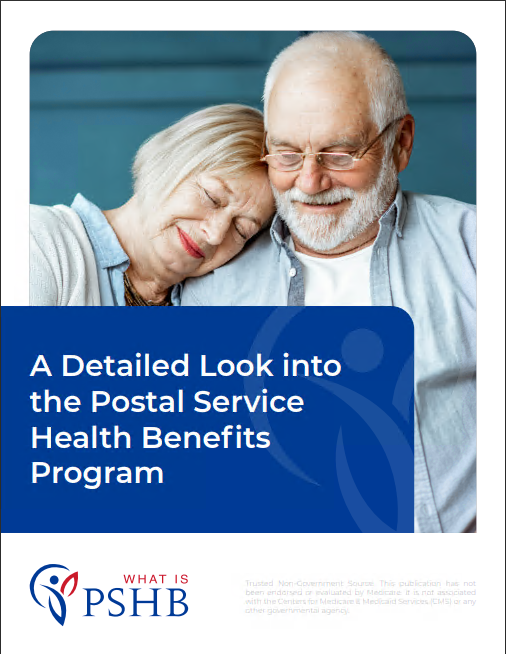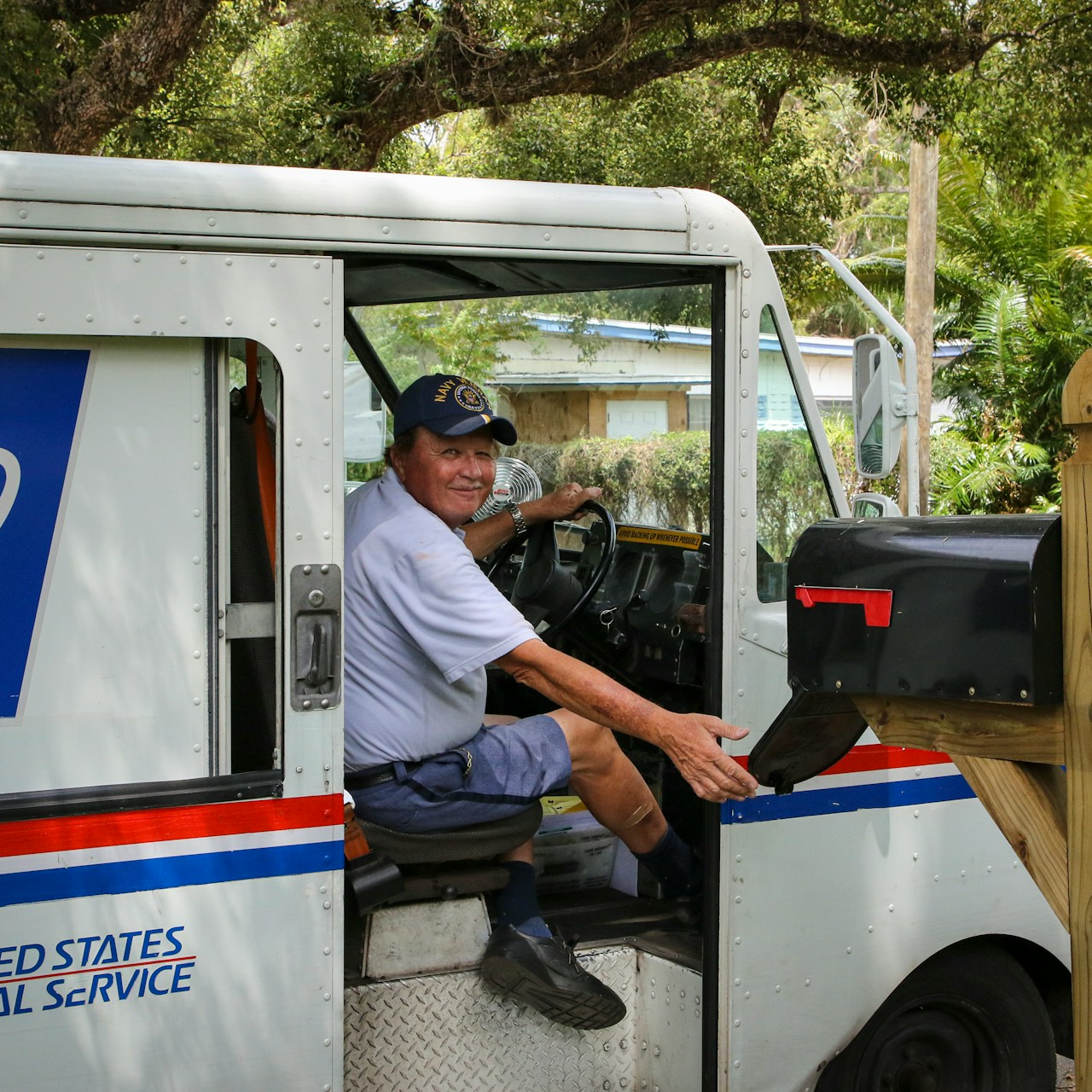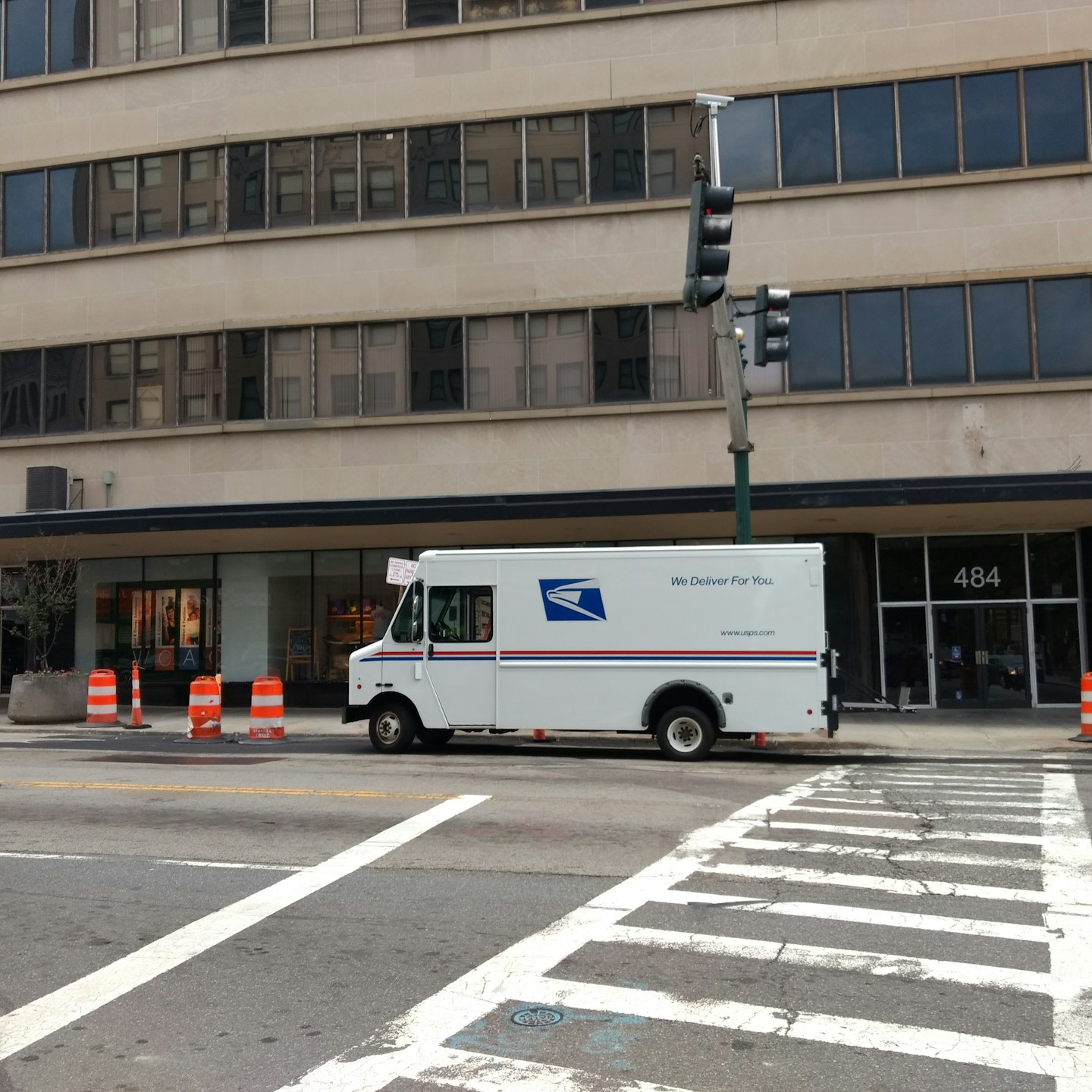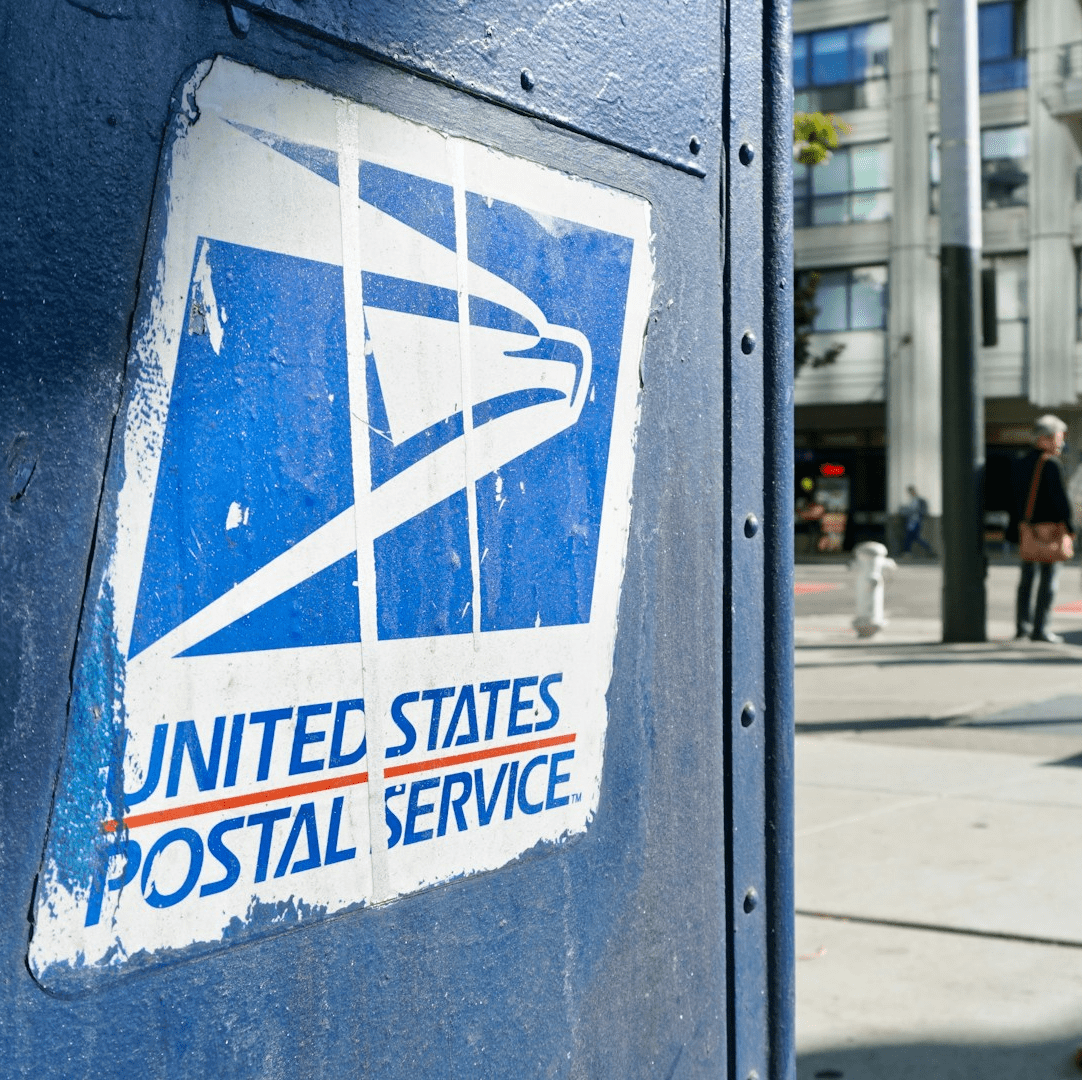Key Takeaways
- Postal employees and retirees now have access to the Postal Service Health Benefits (PSHB) program, which works alongside Medicare to improve coverage options.
- Combining Medicare with PSHB offers enhanced healthcare coverage, making it crucial for eligible USPS workers to understand their choices.
Medicare Meets PSHB: How Postal Employees Can Make the Most of This New Combo
Postal employees, both active and retired, have a unique opportunity to optimize their healthcare benefits through the integration of Medicare and the Postal Service Health Benefits (PSHB) program. The recent introduction of PSHB creates a new pathway for those in the U.S. Postal Service (USPS) to maximize healthcare coverage. In this article, we’ll explore how USPS workers and retirees can take advantage of this combination and why understanding the nuances of both Medicare and PSHB is crucial.
Understanding the Basics: What is PSHB?
The Postal Service Health Benefits (PSHB) program is a specialized health plan tailored for USPS employees and retirees. PSHB was introduced as part of the Postal Service Reform Act of 2022, aimed at providing affordable and comprehensive healthcare coverage to postal employees. One of the key components of this reform is that the PSHB program works in harmony with Medicare, especially for retirees, providing better healthcare options and ensuring a more streamlined approach to coverage.
Starting in 2025, most retirees and eligible employees will transition to this new PSHB program. This change is significant as it means postal retirees will need to enroll in Medicare Part B to maintain their healthcare benefits. However, this pairing can be highly beneficial for those who understand how to navigate it effectively.
Medicare 101: How Does It Fit In?
Medicare is a federal health insurance program primarily for individuals aged 65 or older, but also for some younger individuals with disabilities. It is made up of different parts:
- Medicare Part A: Covers inpatient hospital care, nursing facility care, hospice, and some home healthcare.
- Medicare Part B: Focuses on outpatient care, doctor visits, preventive services, and some home healthcare.
- Medicare Part C: Also known as Medicare Advantage, combines Part A and B services and may include additional coverage, like vision or dental, through private insurers.
- Medicare Part D: Offers prescription drug coverage.
With the introduction of PSHB, USPS retirees must enroll in Medicare Part B if eligible. By doing so, they can ensure that their PSHB coverage remains active and aligned with Medicare for maximum benefit.
Why Combining Medicare and PSHB Matters
For postal employees and retirees, the combination of Medicare and PSHB offers enhanced healthcare coverage. But why is this integration so critical?
-
Comprehensive Coverage: Together, Medicare and PSHB can fill in coverage gaps that each plan has individually. For example, Medicare Part A and B cover many essential services, but they often don’t cover vision, dental, or long-term care, which PSHB might offer.
-
Cost Efficiency: Medicare and PSHB work together to share healthcare costs, making certain services more affordable. By enrolling in Medicare Part B, retirees can reduce their out-of-pocket expenses, as the combined plans typically cover a more extensive range of services.
-
Streamlined Benefits: PSHB’s integration with Medicare ensures that USPS retirees can enjoy a simplified approach to healthcare, coordinating between Medicare and their PSHB coverage. This means less administrative hassle and a more comprehensive set of benefits.
How to Make the Most of the Medicare and PSHB Combo
Maximizing this new healthcare combination requires USPS employees and retirees to take proactive steps. Here are some key strategies to ensure you get the best possible coverage:
1. Enroll in Medicare Part B on Time
One of the biggest adjustments for postal retirees will be the requirement to enroll in Medicare Part B. Failing to do so could lead to penalties or even a loss of your PSHB coverage. It’s essential to enroll in Medicare Part B as soon as you become eligible, generally when you turn 65. Waiting too long can lead to increased premiums and complications in maintaining your PSHB benefits.
2. Understand Your PSHB Plan Options
PSHB offers a variety of plans designed to meet the specific needs of USPS employees and retirees. Take the time to understand the differences between these plans and how they interact with Medicare. Some PSHB plans might offer additional benefits that Medicare doesn’t cover, such as dental or vision services. Ensuring that your chosen plan complements your Medicare coverage is key to maximizing your benefits.
3. Take Advantage of Preventive Services
Medicare Part B covers many preventive services, including vaccinations, screenings, and annual wellness visits, at no extra cost to you. By staying on top of your health through these preventive measures, you can avoid more costly treatments down the line. PSHB plans might also offer complementary preventive services, so be sure to take full advantage of both programs.
4. Coordinate Prescription Drug Coverage
Medicare Part D is an optional benefit for those who need prescription drug coverage. While PSHB may offer its own prescription drug coverage, you should carefully compare the options available through Medicare Part D. Depending on your medication needs, you may find that Medicare Part D or your PSHB plan offers better pricing or coverage for the drugs you rely on.
5. Watch Out for Coverage Gaps
Although Medicare and PSHB together provide robust coverage, there may still be some gaps. For instance, while Medicare covers many healthcare services, it does not cover everything. Services like dental care, hearing aids, and long-term care might require additional coverage options through PSHB. Make sure to review your coverage annually and adjust as needed to ensure there are no gaps in your healthcare protection.
What Postal Employees Need to Know Moving Forward
With the mandatory shift to PSHB and the requirement to enroll in Medicare Part B, postal employees and retirees will need to be more engaged in managing their healthcare coverage. This change can be a smooth transition if you are well-prepared and understand the benefits of both programs.
The most important takeaway is that by enrolling in Medicare and aligning it with PSHB, postal retirees can access a more comprehensive and affordable healthcare package. This integration ensures you can enjoy your retirement without the worry of unexpected medical costs.
Common Questions USPS Workers May Have
Will I Be Automatically Enrolled in Medicare and PSHB?
No, automatic enrollment does not happen. You will need to actively sign up for Medicare Part B when you become eligible. Additionally, once you retire, you’ll have the opportunity to choose a PSHB plan that works for you. Make sure to keep an eye on important enrollment deadlines to avoid penalties.
How Does This Change Impact Current Employees?
Current employees will not be immediately affected, but as retirement approaches, understanding the integration of Medicare and PSHB will become increasingly important. Employees should start familiarizing themselves with the program details well in advance of their retirement date.
What Happens If I Don’t Enroll in Medicare Part B?
Failing to enroll in Medicare Part B when eligible could lead to higher healthcare costs and possible gaps in your coverage. Additionally, you may face late enrollment penalties, which will increase your Medicare premiums for life.
Key Takeaways for Postal Employees and Retirees
Postal workers have long relied on their healthcare coverage as part of their benefits package. With the introduction of PSHB, it’s essential to understand how it works alongside Medicare to ensure you’re fully covered. By taking the necessary steps to enroll in Medicare Part B and aligning it with your PSHB plan, you can enjoy comprehensive coverage that reduces costs and streamlines your healthcare experience.
As healthcare needs change, particularly in retirement, this new combination of PSHB and Medicare offers a robust solution for USPS employees. Whether you’re an active employee or already retired, taking the time to understand these programs can help you make the most of your healthcare benefits.
Looking Ahead: Preparing for the Future
As the PSHB program rolls out and more postal workers retire, staying informed about healthcare options is critical. This Medicare-PSHB combination represents a new era of healthcare coverage for postal employees, offering both flexibility and affordability. By staying proactive, you can ensure that your healthcare needs are met for years to come.













